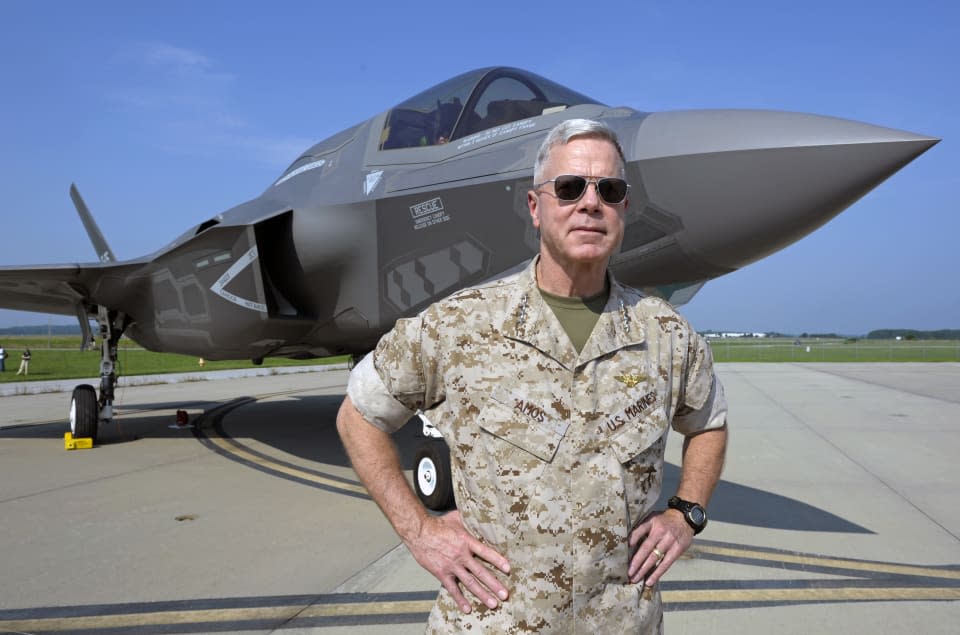Marine Corps finally declares the F-35B ready for combat

After years of testing and development, production setbacks and cost overruns and more than half a trillion dollars invested, the F-35B fighter jet has finally passed its biggest milestone to date: it's achieved initial operational capability (IOC) within the US Marine Corps. That means that the F-35B can now be deployed around the world and employed in active combat.

Developed by Lockheed Martin, the F-35B Lightning II is a fifth generation fighter similar to the F-22. The B designates it as the Marine's variant and, as such, is outfitted with a short takeoff and vertical landing (STOVL) system. The Marines plan to buy about 340 of these jets (and another 80 of the C models) to replace the outgoing F/A-18 Hornet. The F-35B is expected to engage in "close air support, offensive and defensive counter-air, air interdiction, assault support escort and armed reconnaissance as part of a Marine Air Ground Task Force, or in support of the Joint Force," Gen. Joe Dunford, outgoing Marine Corps commandant, said in a statement.
This milestone is even more impressive given the growing pains that the F-35 line endured. The program experienced numerous delays and cost overruns almost as soon as the first prototype took off in 2006. Between 2007 and 2008 foreign spies reportedly got their hands on several terabytes technical specs related to the F-35's design and electronics. By 2010, the program had exceeded its initial budget by more than 50 percent. And by 2012, the entire Department of Defense was so tired of delays that it reduced its operational requirements for the jets just so they wouldn't have to go through another redesign.
The first F-35B is expected to deploy in 2017 to Iwakuni, Japan. The Air Forces F-35A variant is expected to be operational this Fall and the carrier-based C variant, which both the Navy and Marines will use, is expected sometime in 2018.
[Image Credit: Associated Press]

